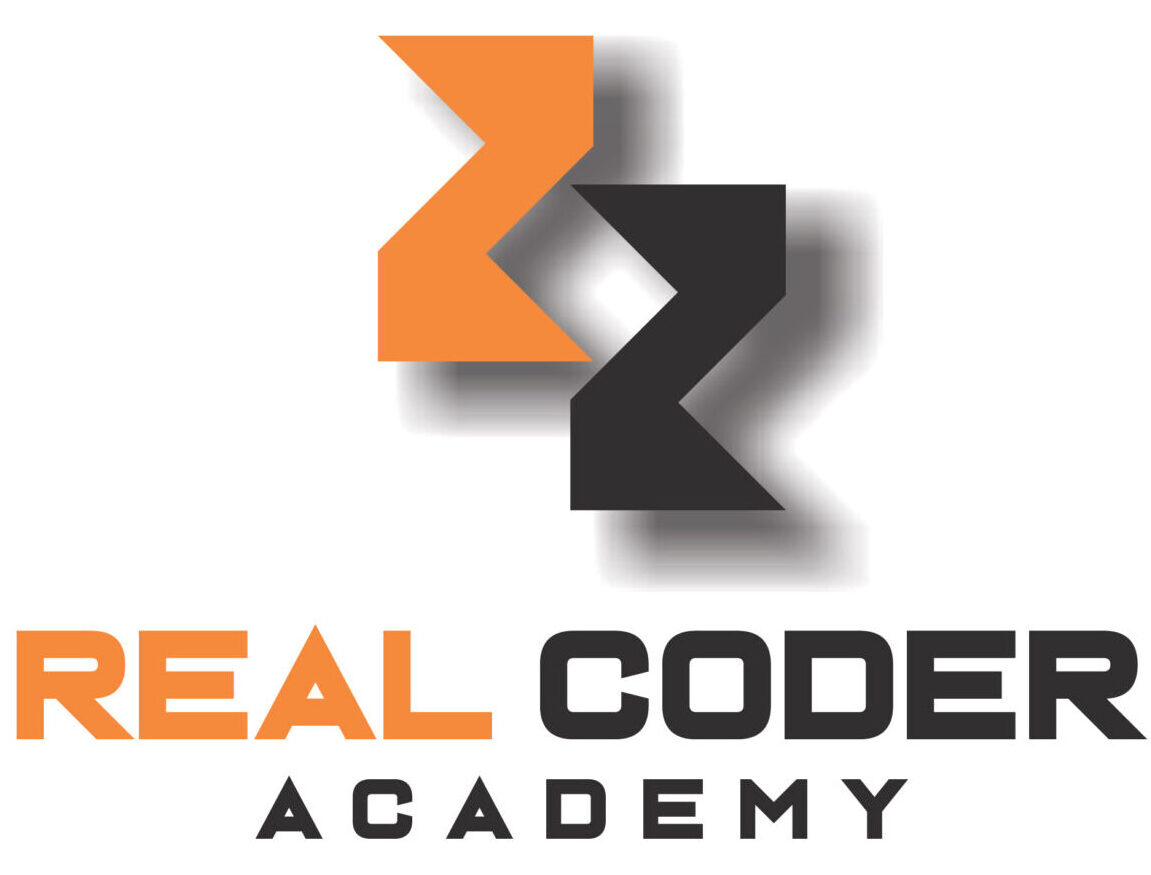Table of Contents
What is blockchain?
Blockchain technology has emerged as one of the most transformative innovations of the 21st century, redefining how digital transactions are recorded, secured, and verified. The Blockchain is a distributed ledger that allows participants to write and update records in a decentralized database system, and cryptography ensures that records stored remain the same once added.
Blockchain, initially considered the backbone of cryptocurrencies like Bitcoin, has since evolved into a multifaceted technology with applications in finance, supply chain management, healthcare, real estate, and many other industries.
At its core, it eliminates the need for intermediaries by allowing direct, peer-to-peer transactions that are secure, transparent, and immutable. This fundamental shift in how data is stored, and transactions are executed paves the way for greater trust and efficiency in digital interactions. One of the most potent applications of blockchain is smart contracts, which automate and enforce agreements without intermediaries.
By leveraging blockchain technology, smart contracts provide a new level of security, efficiency, and reliability, transforming traditional business operations into streamlined, self-executing processes.
This article explores blockchain technology, its benefits, and how smart contracts are revolutionizing various industries.
The core component of a blockchain
- Distributed Ledger – A decentralized, shared ledger that records all transactions across multiple nodes in the network.
- Cryptographic Hashing – Ensures data integrity and security by converting transaction data into a fixed-length hash (e.g., SHA-256 in Bitcoin).
- Consensus Mechanism – A protocol to validate transactions and achieve agreement among nodes. Such as Proof of Work (PoW), Proof of Stake (PoS), and Practical Byzantine Fault Tolerance (PBFT).
- Smart Contracts – Self-executing contracts with predefined rules, enabling automated transactions without intermediaries.
- Decentralization – Eliminates the need for a central authority by distributing control across multiple nodes.
- Immutability – Transactions recorded on the blockchain cannot be altered or deleted, ensuring data integrity.
- Peer 2 Peer Network – Nodes communicate directly without intermediaries, ensuring redundancy and security. The blockchain network is represented by the nodes that are connected in peers, and each participating node has a copy of the ledger
What is a ledger?
A ledger could be defined as a record-keeping system that documents financial transactions. It can be a physical book or a digital application. Blockchain is a digital ledger (computerized database) that stores, records, and shares financial data or other information across a network powered by distributed ledger technology (DLT).
DLT offers a consensus validation mechanism through a network of computers that facilitates peer-to-peer transactions without the need for an intermediary or a centralized authority to update and maintain the information generated by the transactions. Each transaction is validated and grouped with related transactions to form a block. This block is added as a new block to an existing transaction chain. Giving the name of Blockchain.
Each block is cryptographically linked to the next block. Using a data structure algorithm called Merkel tree or hash tree ensures transactions stored in the blockchain are linked with mathematical hashes. This process guarantees that no modification can be made, as any modification invalidates the entire record. The hashes provide an efficient method to verify any
The core component of blockchain
What is a Smart Contract?
A smart contract is a self-enforcing digital agreement on a blockchain network between parties without a central intermediary overseeing the transaction. Basically, it is a computer program that defines a set of rules that automatically executes a series of actions on the blockchain network when specific conditions are met. It automatically enforces the terms of the agreement between the parties without requiring intermediaries like banks, lawyers, or notaries.
How Smart Contracts Work
Creation: The contract is written in a programming language like Solidity (used for Ethereum-based agreements).
Deployment: The contract is deployed on the blockchain, where it becomes immutable and accessible.
Execution: When predefined conditions are met, the contract executes automatically.
Verification: Transactions are validated and added to the blockchain, ensuring transparency and security.
What are the impacts of blockchain and smart contracts?
Blockchain technology and smart contracts fundamentally transform the ways of contracting and doing business in many industries.
These cutting-edge technologies hold immense potential to reshape finance, supply chain management, healthcare, and beyond. These technologies introduce automation, security, and efficiency by leveraging a decentralized power of networks and cryptographic algorithms to ensure immutable and transparent records, fostering unwavering confidence in transactions.
These innovations eliminate the need for traditional intermediaries such as banks, brokers, and legal authorities, reducing costs and increasing trust between parties.
Among others, here are some of the most transformational impacts of blockchain and smart contracts on diverse industries.
1. Transforming Financial Services
- Peer-to-Peer Transactions: DeFi platforms eliminate intermediaries, increasing financial accessibility.
- Cross-Border Payments: Blockchain reduces fees and processing times for international transactions.
- Automating Financial Processes: Smart contracts streamline processes like loan approvals and insurance claims, reducing costs and fraud risks.
2. Securing Healthcare Data
- Decentralized Medical Records: Patients gain more control over their sensitive information.
- Enhanced Security: Blockchain prevents data breaches and unauthorized access.
3. Strengthening Identity Management
- Cost Reduction: Automates verification processes, eliminating redundant checks.
- Increased Accessibility: Decentralized identity systems provide instant verification for financial and government services.
- Security & Fraud Prevention: Blockchain’s tamper-proof nature safeguards digital identities.
4. Enhancing Supply Chain Management
- Real-Time Tracking: Blockchain provides an immutable, transparent ledger for tracking goods from origin to destination.
- Improved Traceability: Helps prevent counterfeiting, ensures authenticity, and reduces compliance costs.
- End-to-End Automation: Smart contracts enforce agreements and minimize human errors in supply chain operations.
5. Revolutionizing Real Estate Transactions
- Automating Transactions: Smart contracts expedite property transfers and rental agreements.
- Cost Reduction: Eliminates intermediaries like brokers and escrow agents, saving significant fees.
- Enhanced Security & Transparency: Blockchain ensures fraud prevention through immutable transaction records.
5. Securing Healthcare Data
- Decentralized Medical Records: Patients gain more control over their sensitive information.
- Enhanced Security: Blockchain prevents data breaches and unauthorized access.
Public Blockchains (Decentralized & Permissionless)
- Bitcoin (BTC) – The first and most widely used blockchain for decentralized transactions.
- Ethereum (ETH) – A smart contract-based blockchain supporting decentralized applications
- Solana (SOL) – A high-speed blockchain for scalability and low transaction costs.
- Cardano (ADA) – A research-driven blockchain emphasizing security and sustainability.
- Avalanche (AVAX) – A scalable blockchain focused on DeFi and custom blockchain development.
- Tezos (XTZ) – A self-amending blockchain that supports on-chain governance.
- Fantom (FTM) – A high-speed blockchain optimized for DeFi and enterprise applications.
Private & Permissioned Blockchains (Enterprise Solutions)
- Hyperledger Fabric – An open-source enterprise blockchain developed by the Linux Foundation.
- R3 Corda – A blockchain designed for financial institutions and enterprise use cases.
- Quorum – An enterprise-focused blockchain developed by JPMorgan, based on Ethereum.
Consortium Blockchains (Hybrid of Public & Private)
- IBM Blockchain – A blockchain network designed for business use cases like supply chain management.
- Energy Web Chain (EWC) – A blockchain focused on clean energy and sustainability initiatives.
Layer 2 & Sidechain Solutions (Enhancing Scalability)
- Polygon (MATIC) – A Layer 2 scaling solution for Ethereum improving transaction speed and cost.
- Arbitrum – A Layer 2 solution for Ethereum enhancing smart contract execution.
- Optimism – Another Ethereum Layer 2 solution aimed at reducing gas fees.
The most popular programming language for blockchain and smart contract
These languages are primarily used to write smart contracts on blockchain platforms:
- Solidity – The most widely used language for Ethereum smart contracts.
- Vyper – A Python-like alternative to Solidity for Ethereum smart contracts, focusing on security.
- Rust – Used for Solana smart contracts due to its efficiency and performance.
- Move – Developed by Meta (formerly Facebook) for the Diem blockchain, now used in Aptos and Sui.
- Michelson – The smart contract language for the Tezos blockchain.
These languages can be used as general programming languages to develop blockchain protocols, decentralized applications, and backend infrastructure:
- C++ – Used in Bitcoin and other blockchain systems due to its performance and memory control.
- Go (Golang) – Used in Hyperledger Fabric and Ethereum’s Geth client.
- JavaScript (with Node.js) – Used for developing apps and interacting with smart contracts.
- Python – Popular for blockchain scripting, analytics, and smart contract development
- Java – Used in Corda, Hyperledger Fabric, and Ethereum-based applications.
- Kotlin is used in mobile blockchain applications and enterprise blockchain solutions.
- C# – Used in blockchain frameworks like Stratis and NEO.
What are Web3 and NFT?
Before we conclude, let’s talk about the Web3 concept. This idea was introduced by the co-founder of the Ethereum network (Gavin Wood) in 2014. The term describes his idea for the next generation of the World Wide Web (www) to be utterly decentralized and leverage blockchain technology.
Unlike Web2, which relies on centralized platforms like Google, Facebook, and Amazon, Web3 enables peer-to-peer interactions, removing intermediaries and giving users control over their data, assets, and identity.
Web3 is still in the early stages of development, but its philosophy is to build an open, decentralized Internet platform that offers consumers increased value and security. Web3, powered by blockchain, intends to create a more user-centric internet where people are in charge of their data and may conduct peer-to-peer transactions without depending on centralized entities.
Even though it sounds great and promises much power to users, the materialization of this idea is still far from being realized, especially considering the state and international regulations that will follow.
Conclusion
Blockchain technology and smart contracts are revolutionizing the way digital transactions are conducted. They offer transformative benefits across multiple sectors by eliminating intermediaries, ensuring security, and enhancing efficiency.
As adoption grows, these innovations will continue to reshape industries, driving a more transparent and decentralized future. Are you ready to explore the potential of blockchain and smart contracts for your business? Let us know your thoughts in the comments below! Learn more…






Leave A Reply